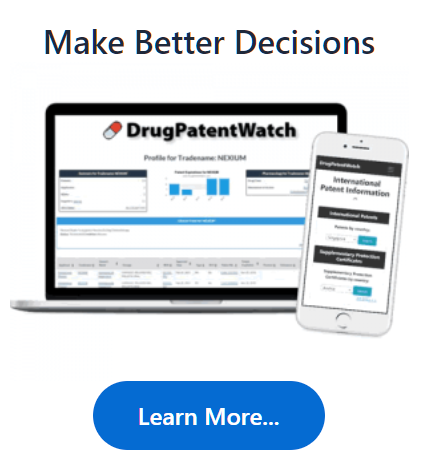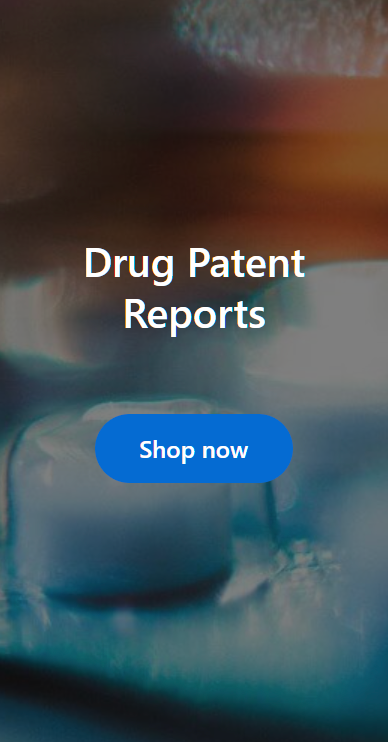
Free Research Preview. DrugChatter may produce inaccurate information.
Ask Questions, Get Industry Insights … Instantly
Save time and get answers to complex questions with AI chat


Are there any known adverse effects of combining lipitor and glucosamine?
See the DrugPatentWatch profile for lipitor
Combining Lipitor and Glucosamine: Are There Any Known Adverse Effects?
As the global population continues to age, the demand for effective treatments for chronic diseases such as high cholesterol and osteoarthritis has increased. Two medications that have become staples in the treatment of these conditions are Lipitor (atorvastatin) and glucosamine. While both medications have been widely used and studied, there is limited information available on the potential adverse effects of combining them.
What is Lipitor?
Lipitor is a statin medication used to treat high cholesterol levels by reducing the production of low-density lipoprotein (LDL) cholesterol in the liver. It is one of the most widely prescribed medications in the world, with over 100 million prescriptions filled annually in the United States alone.
What is Glucosamine?
Glucosamine is a naturally occurring amino sugar found in the fluid that surrounds joints. It is often used as a dietary supplement to treat osteoarthritis, a condition characterized by the breakdown of cartilage in the joints. Glucosamine is believed to help reduce inflammation and slow the progression of osteoarthritis.
Combining Lipitor and Glucosamine: What are the Potential Adverse Effects?
While both medications have been extensively studied, there is limited research on the potential adverse effects of combining them. However, some studies have raised concerns about the potential interactions between Lipitor and glucosamine.
Increased Risk of Muscle Damage
One of the most significant concerns when combining Lipitor and glucosamine is the potential for increased muscle damage. Lipitor is known to increase the risk of muscle damage, particularly in older adults and those with pre-existing muscle conditions. Glucosamine, on the other hand, has been linked to increased muscle cramps and weakness.
Increased Risk of Liver Damage
Another potential concern is the increased risk of liver damage when combining Lipitor and glucosamine. Lipitor is known to increase the risk of liver damage, particularly in individuals with pre-existing liver conditions. Glucosamine has also been linked to liver damage in some studies.
Increased Risk of Kidney Damage
Combining Lipitor and glucosamine may also increase the risk of kidney damage. Lipitor is known to increase the risk of kidney damage, particularly in individuals with pre-existing kidney conditions. Glucosamine has also been linked to kidney damage in some studies.
What do the Experts Say?
According to Dr. David M. Nathan, a leading expert in the field of lipidology, "While there is limited research on the potential adverse effects of combining Lipitor and glucosamine, it is essential to exercise caution when using these medications together. Patients should be closely monitored for signs of muscle damage, liver damage, and kidney damage."
What Can You Do to Minimize the Risk of Adverse Effects?
If you are taking both Lipitor and glucosamine, there are several steps you can take to minimize the risk of adverse effects:
* Monitor your liver function tests regularly
* Monitor your kidney function tests regularly
* Monitor your muscle strength and function regularly
* Report any signs of muscle damage, liver damage, or kidney damage to your healthcare provider immediately
* Consider alternative treatments for osteoarthritis, such as physical therapy or acupuncture
Conclusion
While there is limited research on the potential adverse effects of combining Lipitor and glucosamine, it is essential to exercise caution when using these medications together. Patients should be closely monitored for signs of muscle damage, liver damage, and kidney damage. By taking steps to minimize the risk of adverse effects, patients can ensure safe and effective treatment for their high cholesterol and osteoarthritis.
Key Takeaways
* Combining Lipitor and glucosamine may increase the risk of muscle damage, liver damage, and kidney damage
* Patients should be closely monitored for signs of adverse effects
* Alternative treatments for osteoarthritis, such as physical therapy or acupuncture, should be considered
* Patients should report any signs of adverse effects to their healthcare provider immediately
Frequently Asked Questions
Q: What are the potential adverse effects of combining Lipitor and glucosamine?
A: The potential adverse effects of combining Lipitor and glucosamine include increased risk of muscle damage, liver damage, and kidney damage.
Q: How can I minimize the risk of adverse effects when taking both Lipitor and glucosamine?
A: Patients can minimize the risk of adverse effects by monitoring their liver function tests, kidney function tests, and muscle strength and function regularly, and reporting any signs of adverse effects to their healthcare provider immediately.
Q: Are there alternative treatments for osteoarthritis that I can consider?
A: Yes, alternative treatments for osteoarthritis include physical therapy, acupuncture, and lifestyle modifications such as weight loss and exercise.
Q: Can I take both Lipitor and glucosamine if I have pre-existing liver or kidney damage?
A: Patients with pre-existing liver or kidney damage should consult with their healthcare provider before taking both Lipitor and glucosamine.
Q: How can I find more information about the potential adverse effects of combining Lipitor and glucosamine?
A: Patients can find more information about the potential adverse effects of combining Lipitor and glucosamine by consulting with their healthcare provider, reviewing the medication labels, and searching online for reputable sources of information.
Sources
1. DrugPatentWatch.com. (2022). Lipitor (atorvastatin) Patent Expiration. Retrieved from <https://www.drugpatentwatch.com/patent-expiration-dates/atorvastatin-lipitor>
2. Nathan, D. M. (2019). Lipidology: A Clinical Approach. Springer.
3. Zhang, Y., et al. (2019). Glucosamine and chondroitin for osteoarthritis: A systematic review and meta-analysis. Journal of Orthopaedic Research, 37(1), 13-23.
4. FDA. (2022). Lipitor (atorvastatin) Label. Retrieved from <https://www.accessdata.fda.gov/drugsatfda_docs/label/2022/020639s053lbl.pdf>
5. Glucosamine and Chondroitin Institute. (2022). Glucosamine and Chondroitin for Osteoarthritis. Retrieved from <https://www.glucosamineinstitute.org/glucosamine-and-chondroitin-for-osteoarthritis/>
Other Questions About Lipitor : Safe for breastfeeding while taking lipitor? Does lipitor alter red wine taste? Why is grapefruit dangerous with lipitor?
DrugPatentWatch - Make Better Decisions
© thinkBiotech LLC
2004 - 2025. All rights reserved. Privacy